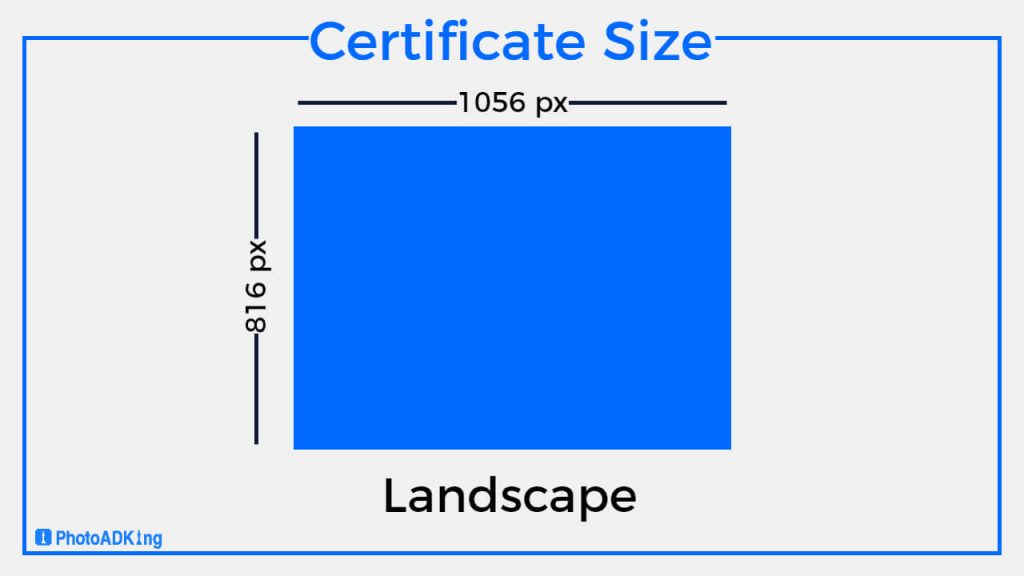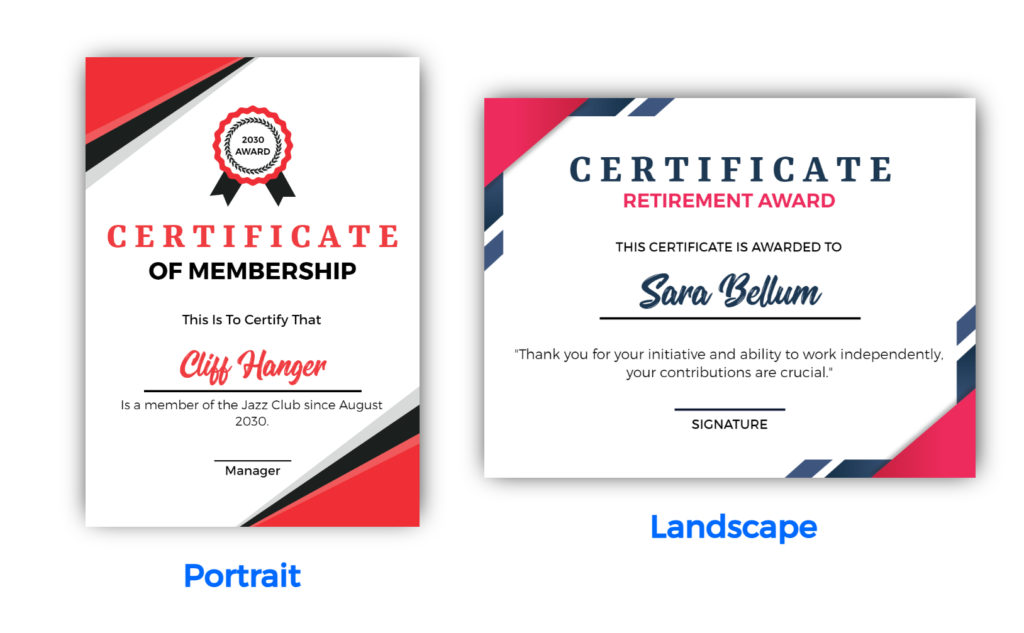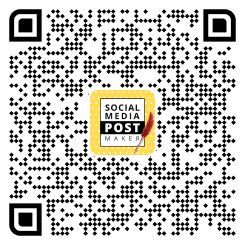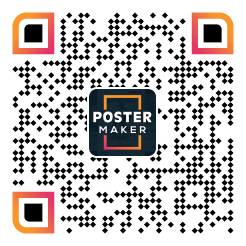Are you designing a certificate but not sure what size to choose? The size of your certificate can greatly impact its overall appearance and effectiveness. In this article, we will discuss how to choose the right certificate size for your design. We will explore why certificate size matters, factors to consider, popular certificate sizes, and examples for different sizes.
Additionally, if you’re looking for a convenient way to create professional-looking certificates, you may want to consider using a certificate maker tool that offers customizable certificate templates and easy-to-use design features. Let’s dive in!

In this article, we will delve into the importance of certificate size and provide valuable certificate size to help you make informed decisions, examples of certificates, and we will discuss factors to consider in choosing certificate size.
Table of Content
Certificates are important in many areas, and how big or small they matter a lot for how they look and feel. Before we talk about the usual sizes for certificates, let’s figure out why picking the right size is so important for making them look really good.
Why Certificate Size Matters in Design
Certificates are important in the design of awards, recognition, certifications, and achievements. The size of a certificate is crucial as it affects how it looks and how professional it appears. A well-sized certificate can look prestigious, while one that doesn’t fit well may not look as important. The right size ensures that the content, fonts, and graphics are easy to read and look balanced.
Let’s consider the key factors that should guide your decision when choosing a certificate size.
Factors to Consider in Choosing Certificate Size
When it comes to selecting the appropriate certificate size, there are several important factors that need careful consideration. While this might seem like a minor detail, the size of a certificate can have a significant impact on its overall effectiveness and aesthetic appeal. Let’s explore some of the key factors you should think about when choosing the right certificate size.
Purpose of the Certificate
First and foremost, you should determine the purpose of the certificate. Is it an academic diploma, a professional certification, an award, or something else entirely? The purpose will help you decide the appropriate size. Academic diplomas, for instance, are often larger and more ornate, while professional certifications may be more compact.
Content and Information
Consider the amount of content and information that needs to be displayed on the certificate. If it includes a lot of text, such as the recipient’s name, the date of issuance, a description of the achievement, and signatures, you may need a larger certificate to ensure that everything is legible and well-organized.
Visual Design and Branding
Think about the visual design and branding of the certificate. The size should align with the overall design concept. A larger certificate can provide more space for intricate designs, logos, and decorative elements. However, if simplicity and minimalism are part of the design, a smaller size might be more appropriate.
Design and Layout
Consider the overall design and layout of the certificate, as this can greatly impact the perceived value and appeal of the certificate. Different styles may need different sizes to look good, so it’s important to keep that in mind when designing. On the other hand, a traditional or detailed design may need a larger size to show all the details clearly and give it a more formal look. When exploring certificate layout design ideas, be sure to consider the certificate size and overall visual balance to create a certificate that is both aesthetically pleasing and functional.
Standardization
Check if there are any industry or institutional standards for certificate sizes. Certain professions or organizations may have specific requirements regarding the size of certificates. It’s essential to adhere to these standards for consistency and recognition.
Framing Options
If you intend to frame the certificate, consider the availability of frames in the chosen size. Standard frame sizes are more readily available and affordable, while custom framing may be necessary for non-standard sizes.
Long-Term Preservation
Think about the long-term value of the certificate. A larger certificate may have more impact and significance over time, especially if it represents a significant achievement in your career or education.
Audience Expectations
Think about who will receive the certificate and how it will be used. Certificates for adults may need different sizes than those for children, and certificates for formal business settings have different size requirements than those for informal or personal occasions.
To create visually appealing certificates, it’s vital to know the standard certificate sizes in pixels. Let’s explore these certificate dimensions to ensure your certificates look polished and professional.
Standard Certificate Size in Pixel
The standard certificate size in pixels can vary depending on the specific certificate design and its intended use. However, a commonly used size for certificates is:
Landscape Certificate Type (1056 x 816 px)
A landscape certificate has a wider width than height and typically has a horizontal layout with a longer side as the width. This type of Landscape certificate size is mostly used in landscape certificates for awards, recognition, or achievements in professional or academic settings.

Portrait Certificate Type (794 x 1123 px)
A portrait certificate has a height that is taller than its width and typically has a vertical layout with a longer side as the height. This type of portrait certificate size is commonly used in portrait certificates to acknowledge the completion of a program or course, such as for diplomas, degrees, or certifications.

Let’s compare landscape and portrait certificates to help you decide which one suits your purpose best.
Landscape vs. Portrait Certificates: Which One You Should Choose
A landscape certificate and a portrait certificate are two different ways to display information on a piece of paper or a digital document. Let’s see which one might be better for different situations:
Landscape Certificate:
- Wider Layout: Landscape certificates are wider than they are tall, making them suitable for showcasing horizontal content like landscape photos or group pictures.
- Modern Look: Landscape orientation can give certificates a contemporary and unique appearance, which may be appealing for certain designs.
- Horizontal Text: If your certificate has longer lines of text or multiple columns, landscape orientation can make it easier to read.

Portrait Certificate:
- Traditional Style: Portrait certificates have a more traditional and formal appearance, which may be preferred for official documents or classic designs.
- Vertical Text: If your content includes a lot of vertical text or a single-column layout, portrait orientation can be more convenient.
- Standard Size: Portrait certificates often adhere to standard paper sizes (like letters or A4), making them easy to print and frame.
Which one is better depends on what you want to use it for:
It depends on what you want to emphasize and the content of the certificate. If you’re celebrating a group achievement or displaying a wide scene, a landscape certificate is suitable. If you’re recognizing an individual’s accomplishment or showcasing something tall, go with a portrait certificate. Ultimately, the choice between landscape and portrait comes down to the content and your aesthetic preference.
If you like what you read on our blog, you might also be interested in checking out some of our other blogs.
Recommended Blogs
How to Make a Certificate Online
Certificate Layout
Certificate Size
What Are the Different Types of Certificates?
Certificate Examples
The Ultimate Guide to Choosing the Perfect Certificate Font
Certificate Border Design Ideas
The Importance of Certificate Format
How To Use Certificates For Marketing Your Business
Certificate Background Design Ideas
Best Strategies and Practices to Promote Certificates
Certificate Samples
Conclusion
In conclusion, Selecting the right certificate size is a crucial aspect of certificate design. Whether it’s for print or digital use, the size of the certificate can greatly impact its overall design, readability, and effectiveness. By considering factors such as the purpose and context, content and Graphics, design and layout and audience, and intended use of the certificate. Additionally, using a well-designed certificate template can also streamline the process and ensure a professional-looking result.
FAQs
When selecting a certificate size, consider the purpose, context, content, graphics, design, layout, audience, and intended use. These factors help determine whether a larger or smaller size is suitable.
A landscape certificate size is 1056 x 816 pixels, with a wider width than height, ideal for awards, recognitions, or achievements in professional or academic settings.
A portrait certificate size is 794 x 1123 pixels, with a taller height than width. It’s often used for acknowledging program or course completions, such as diplomas, degrees, or certifications.
Choose a landscape certificate for showcasing horizontal content, modern designs, or when dealing with longer lines of text or multiple columns.












